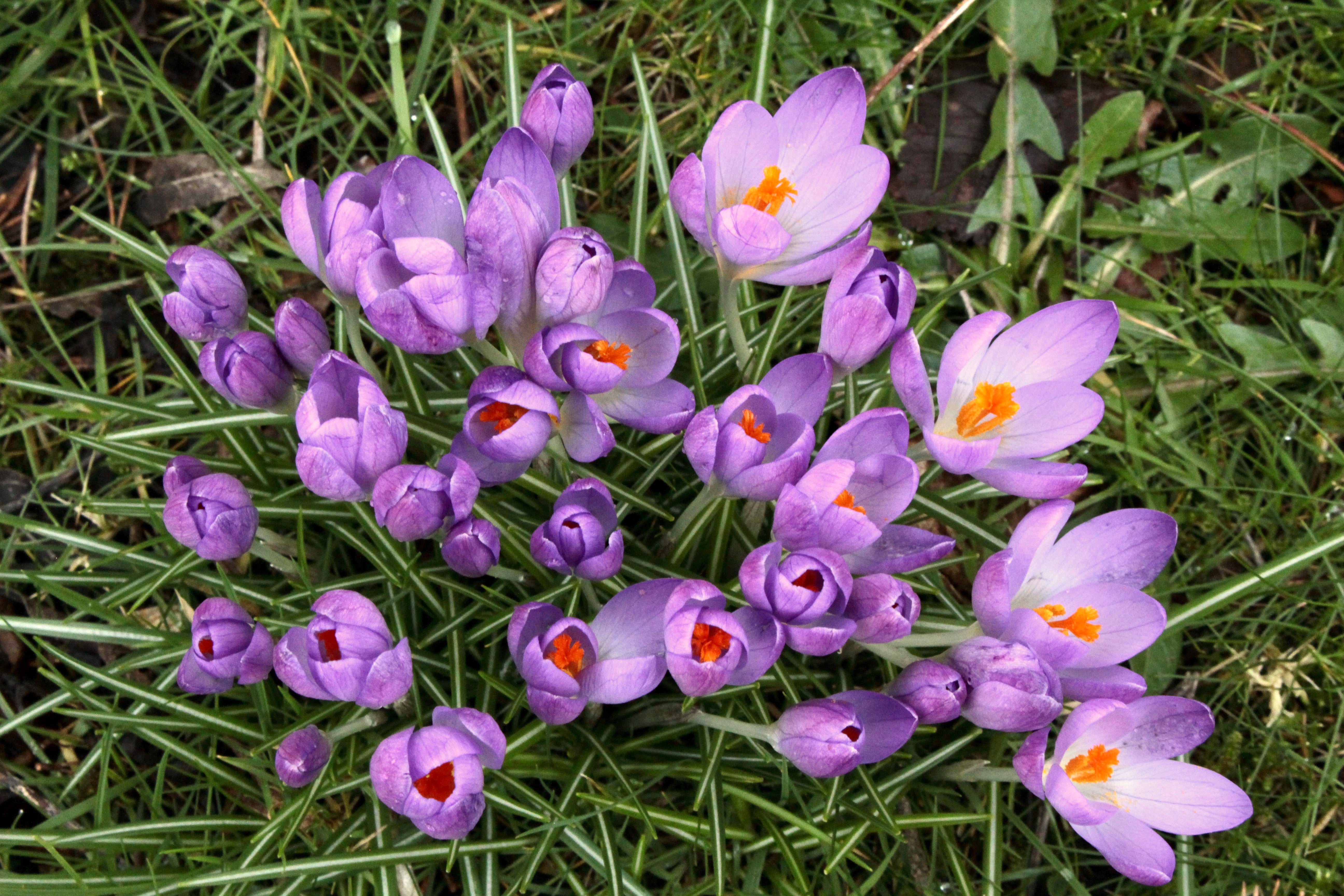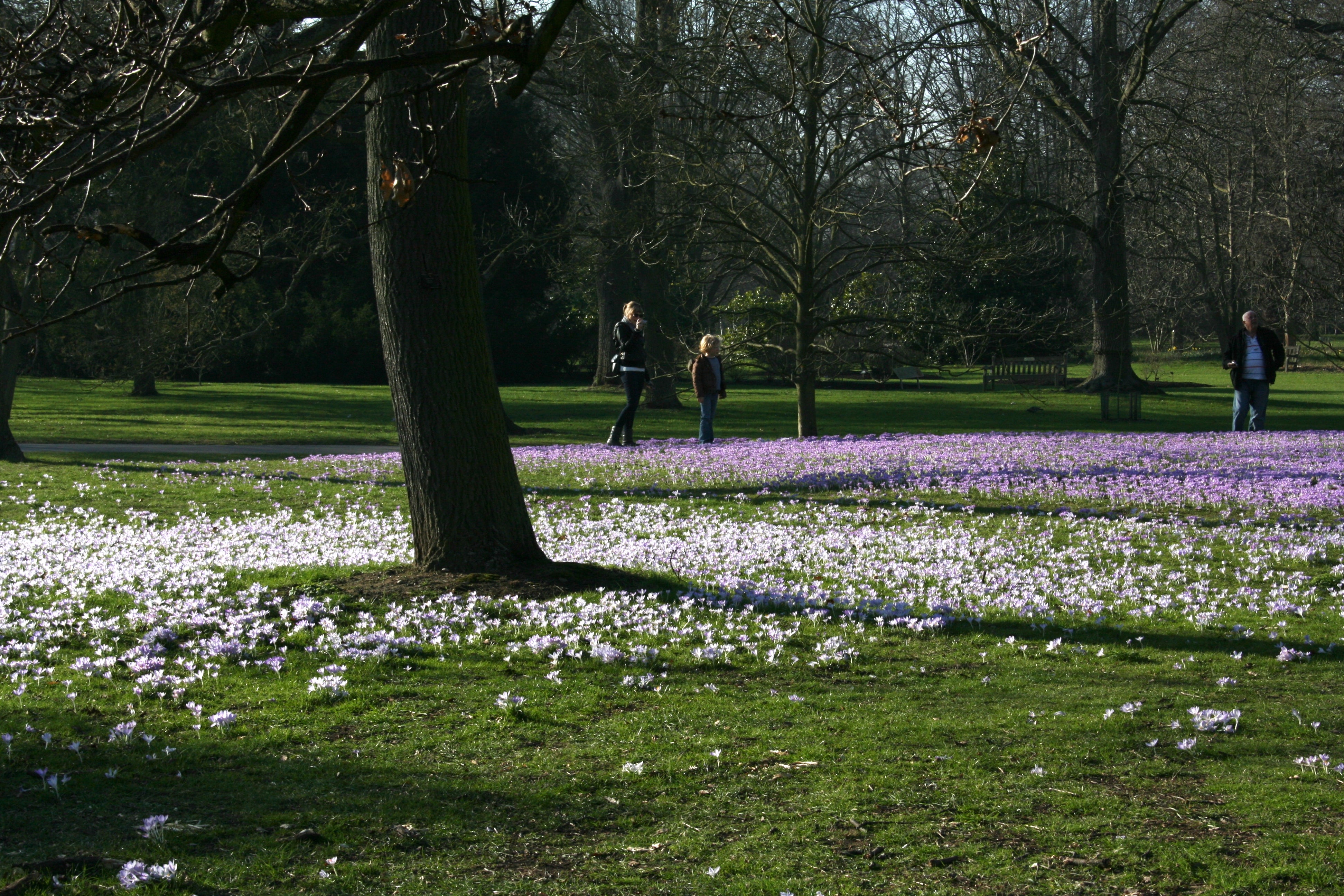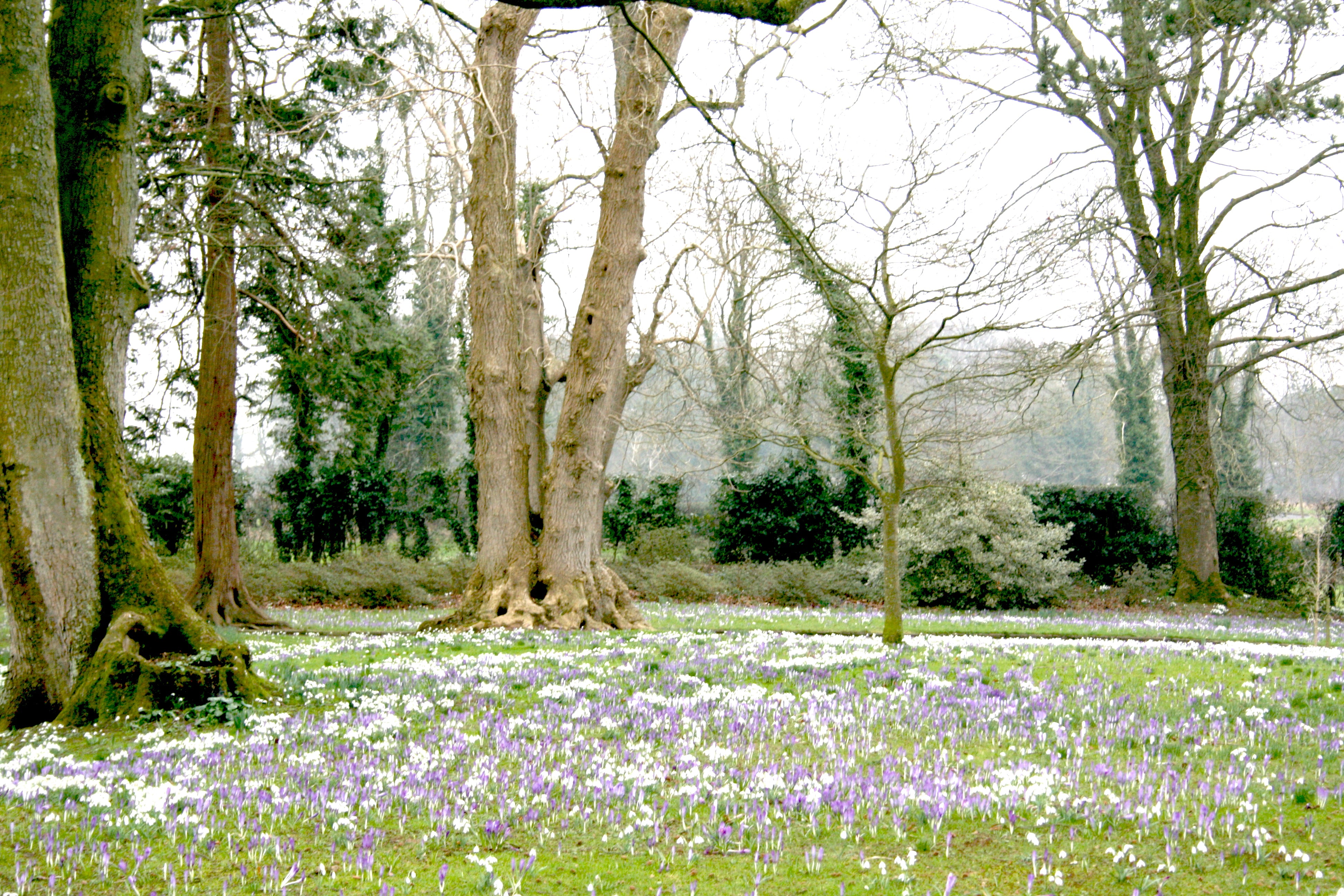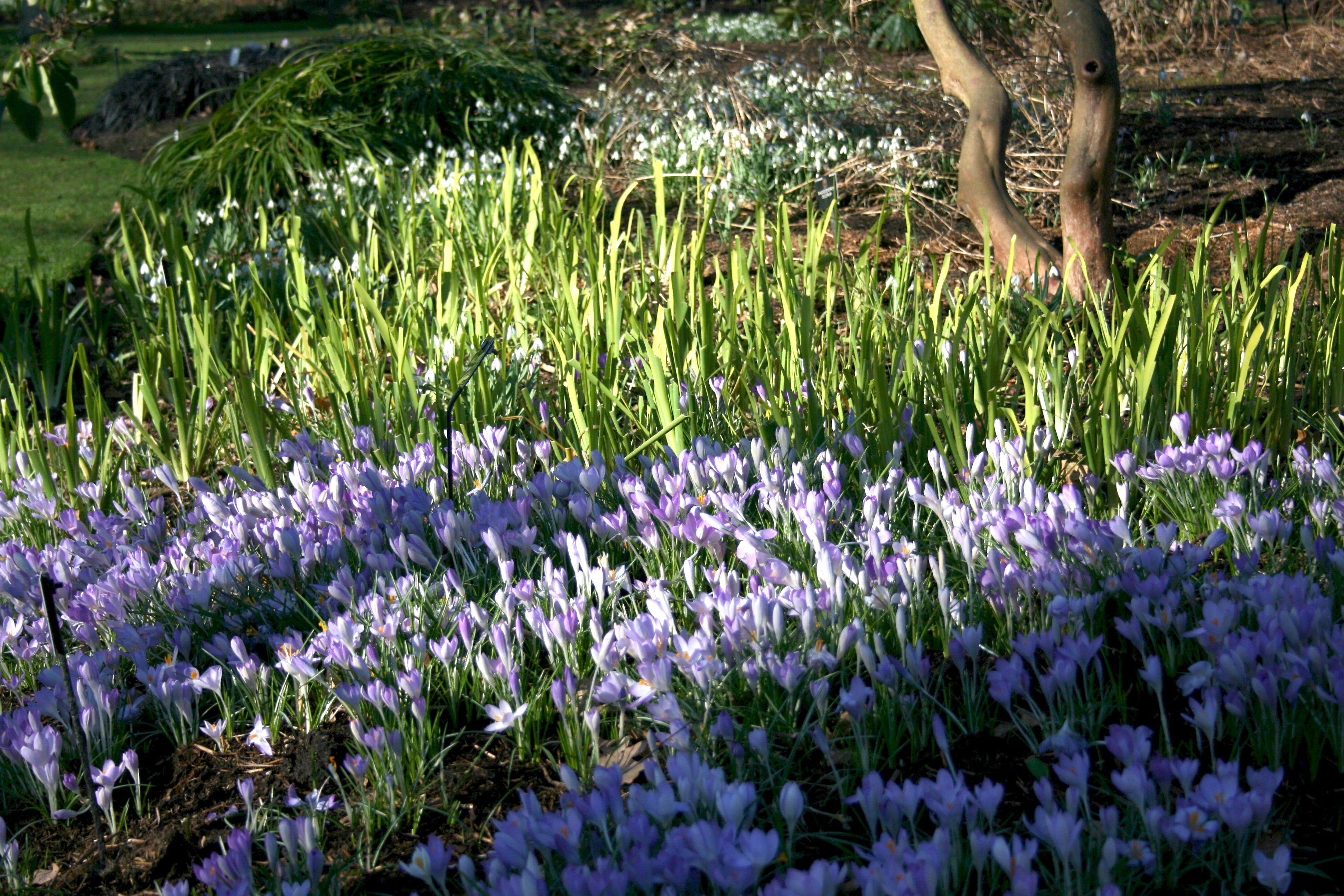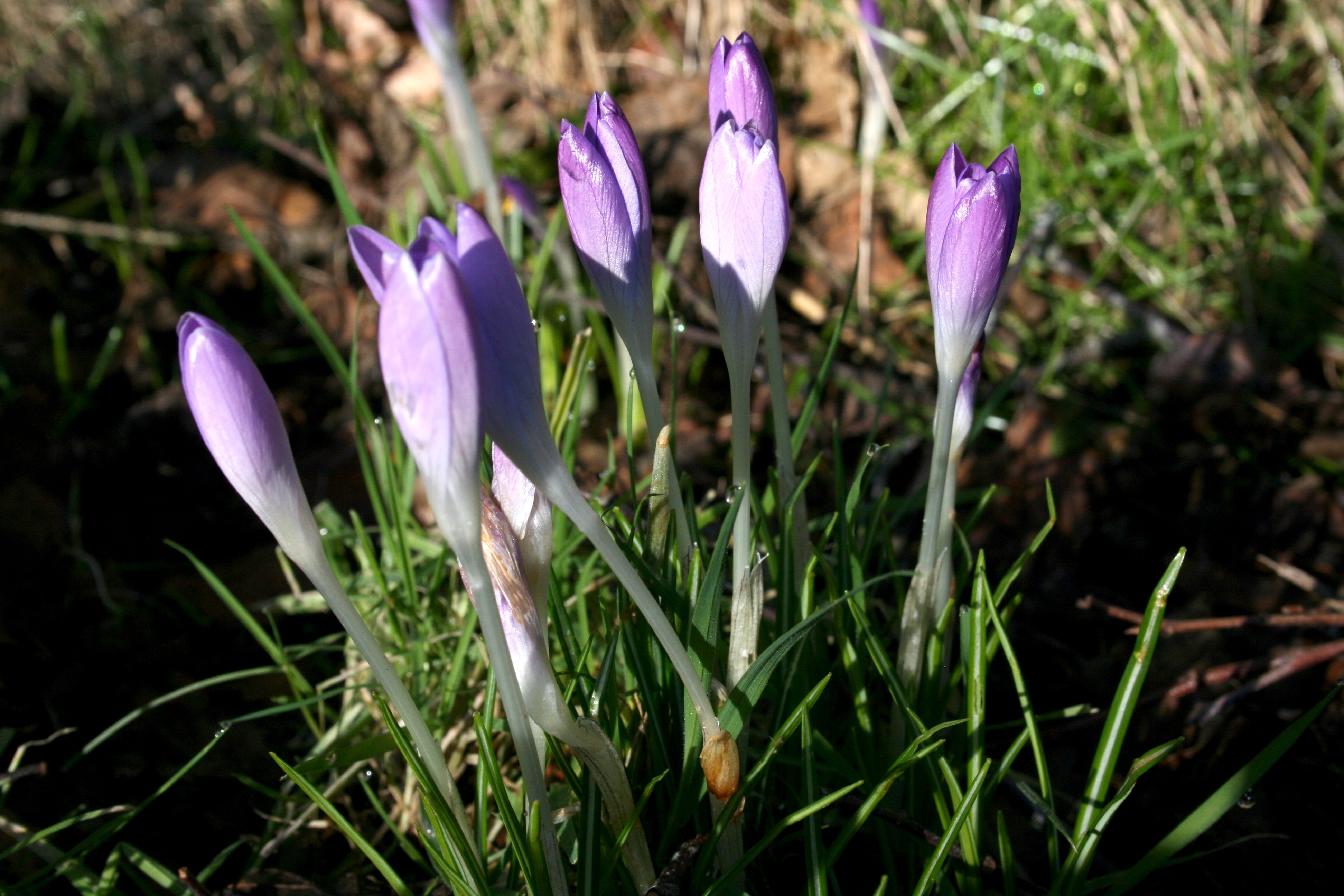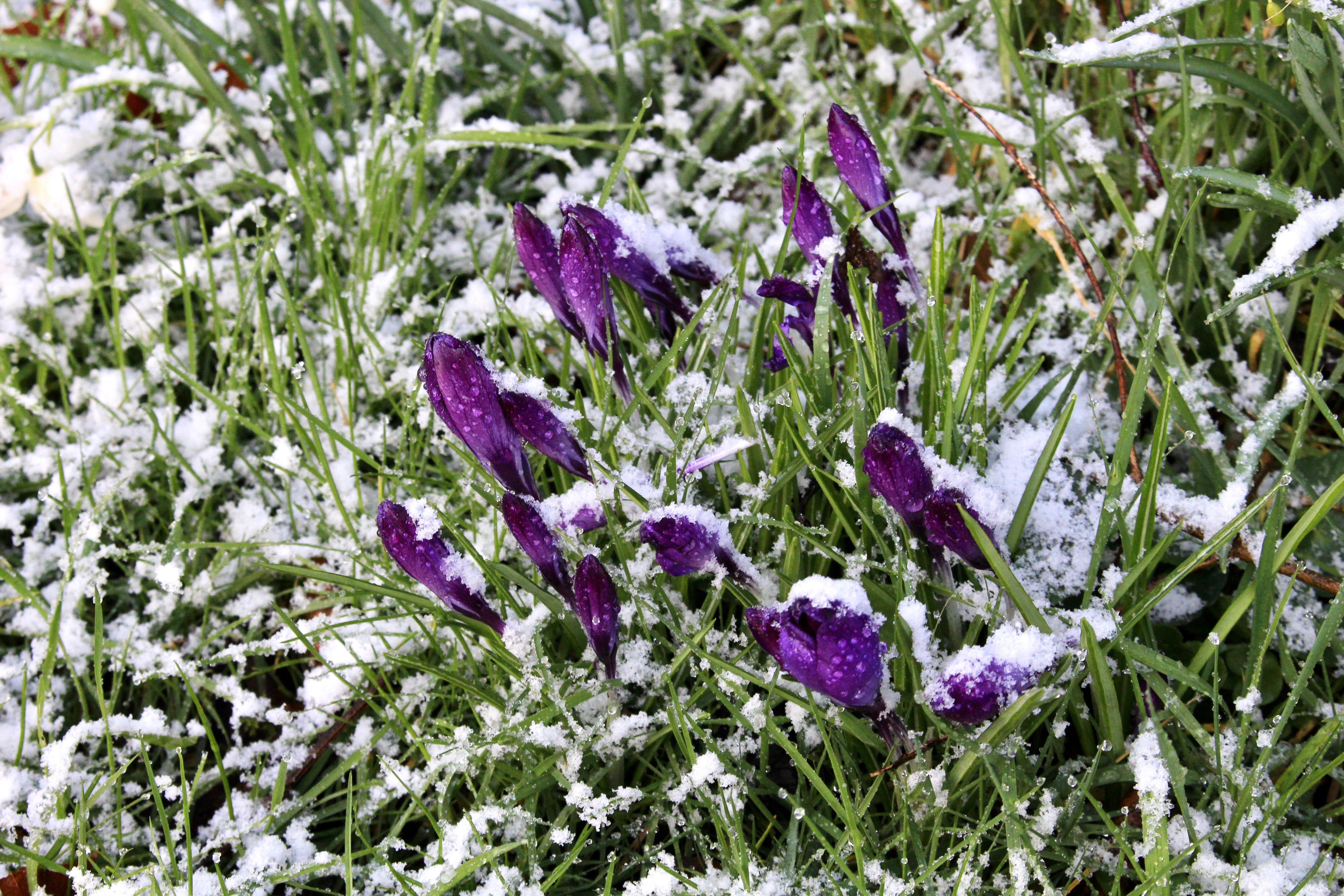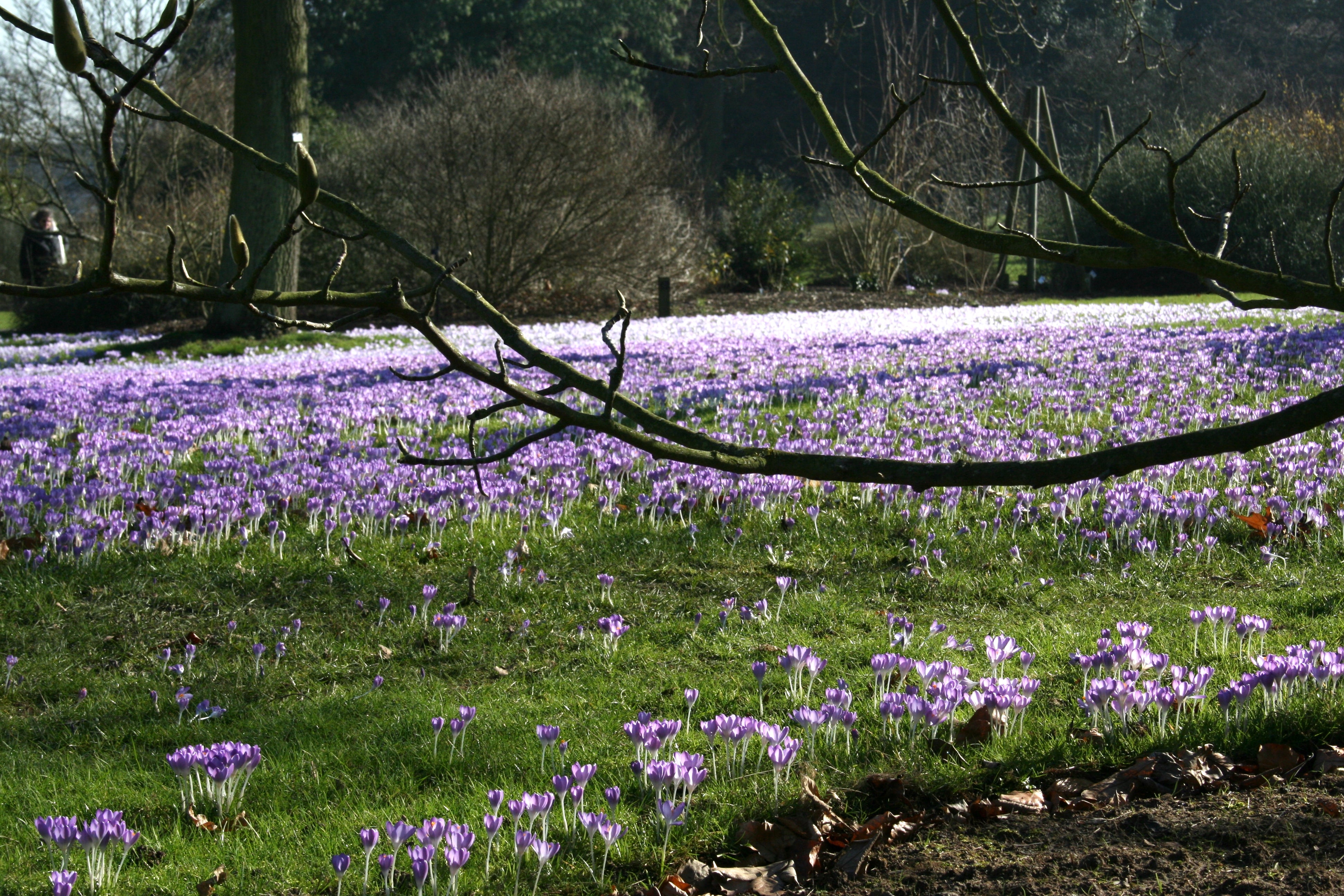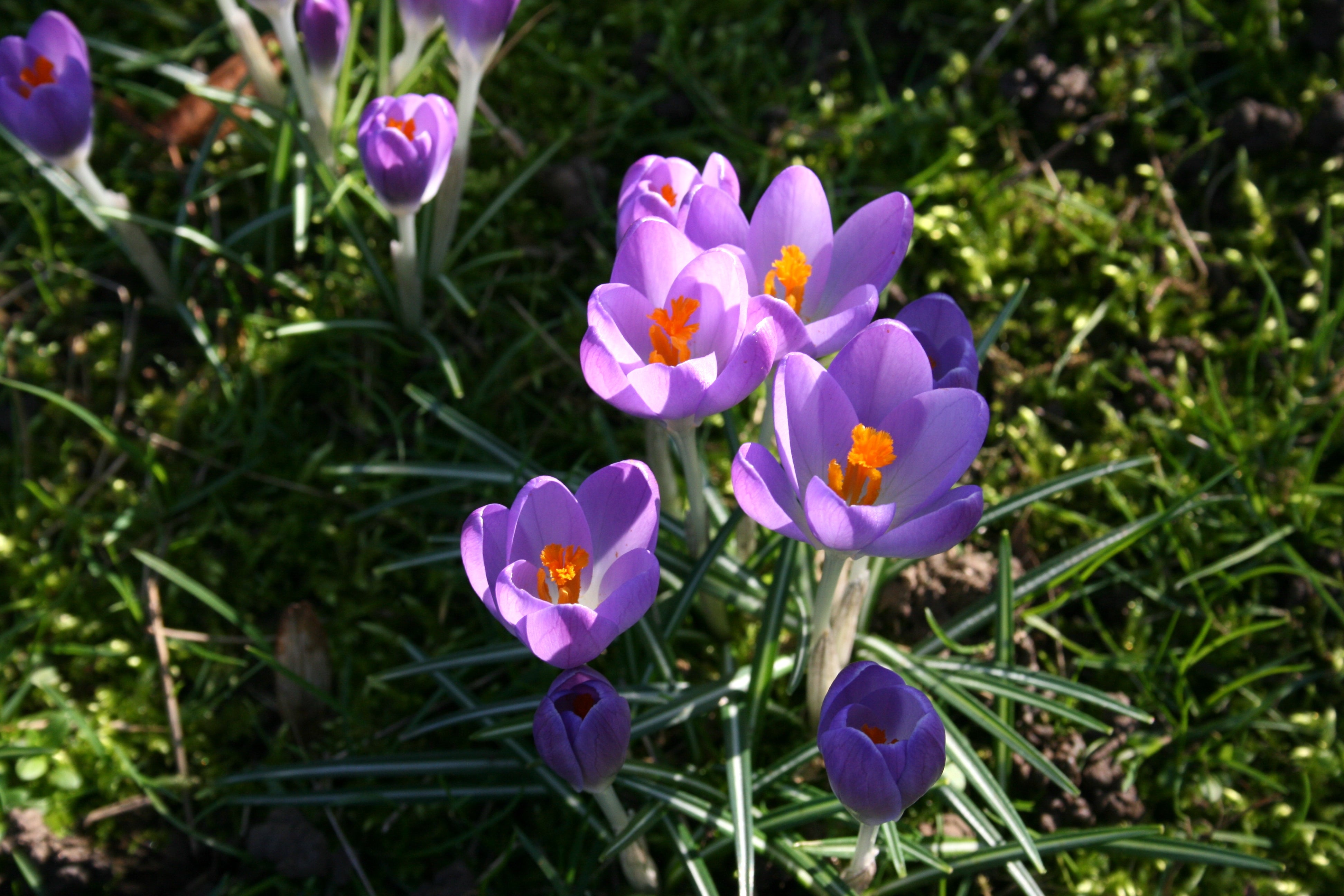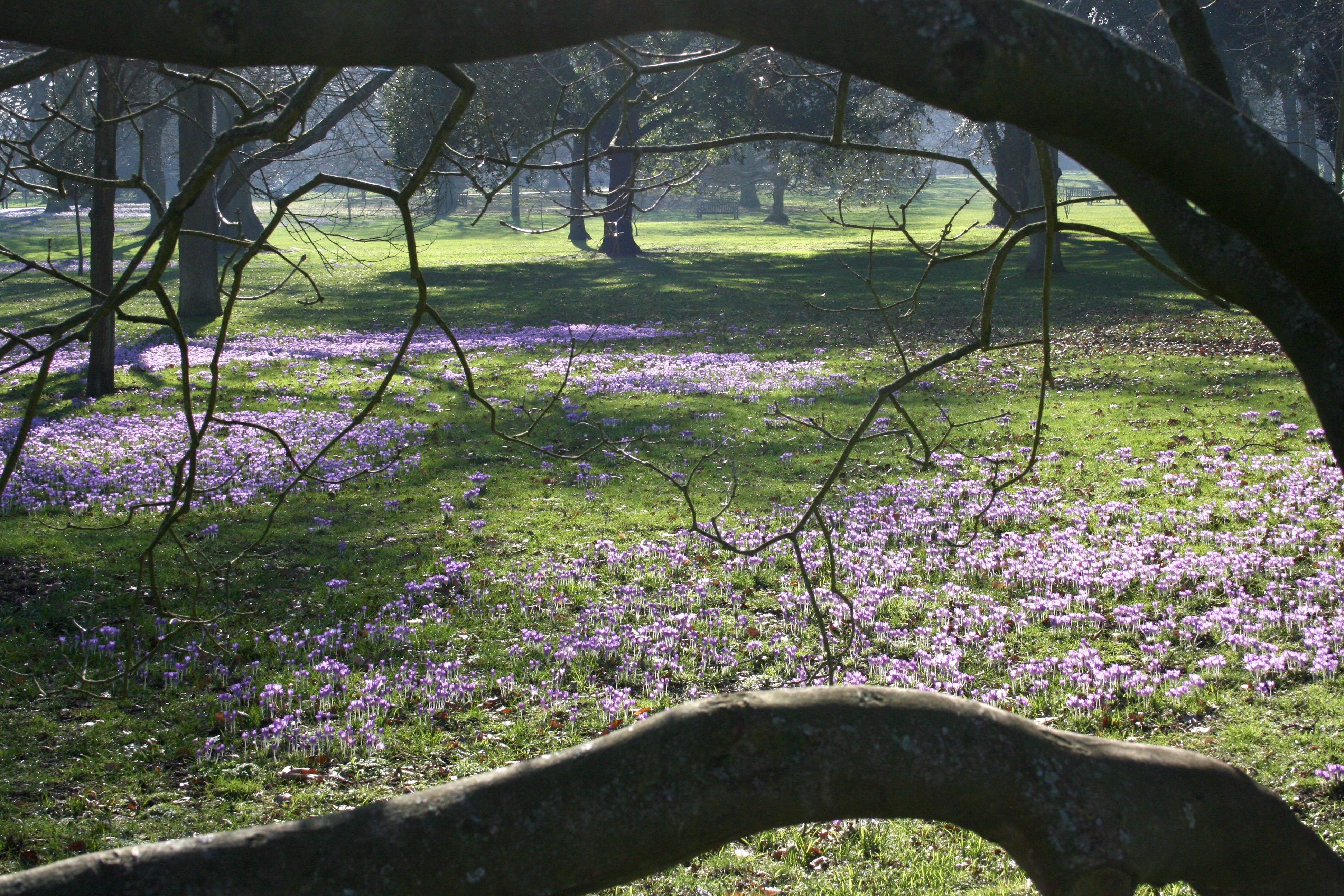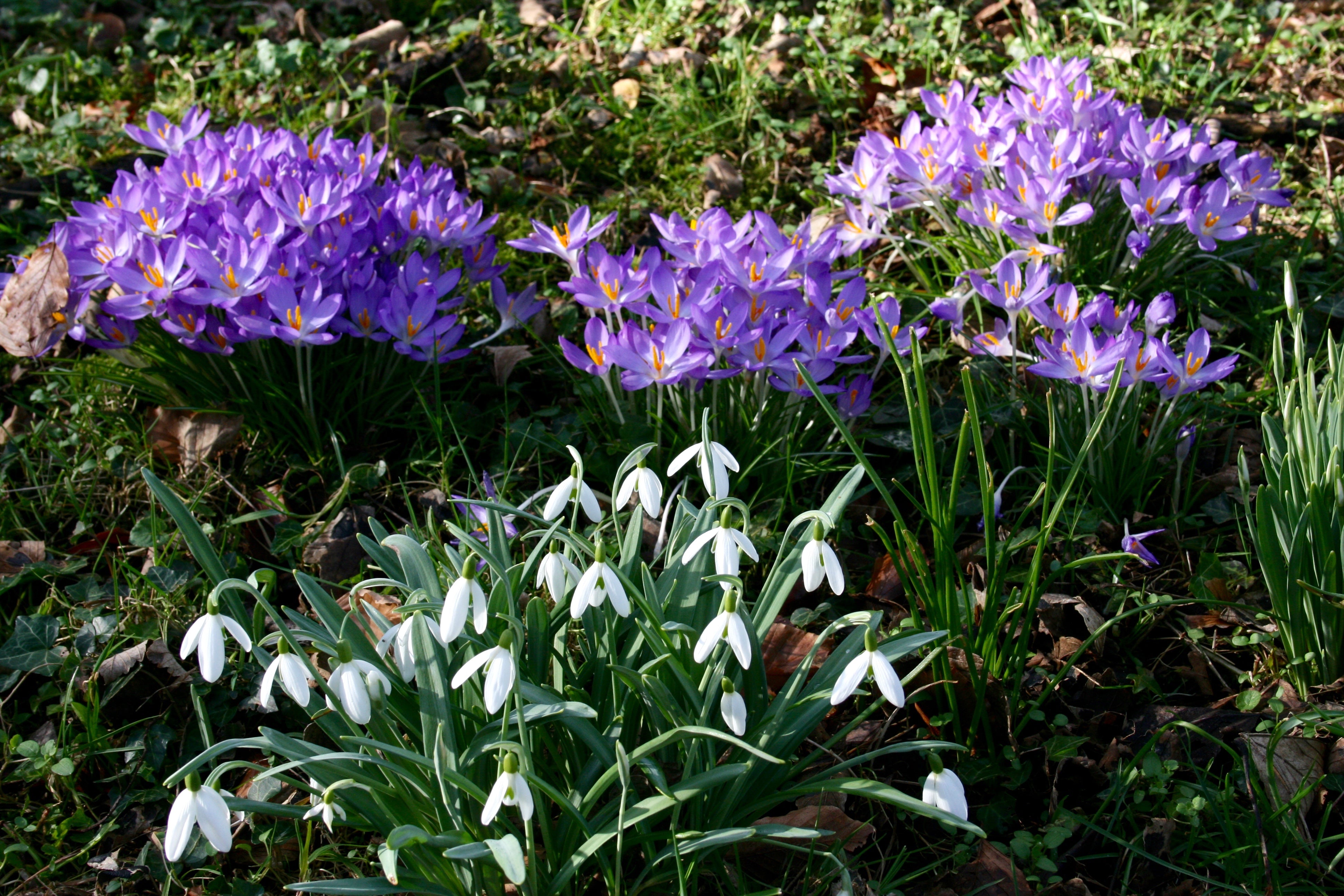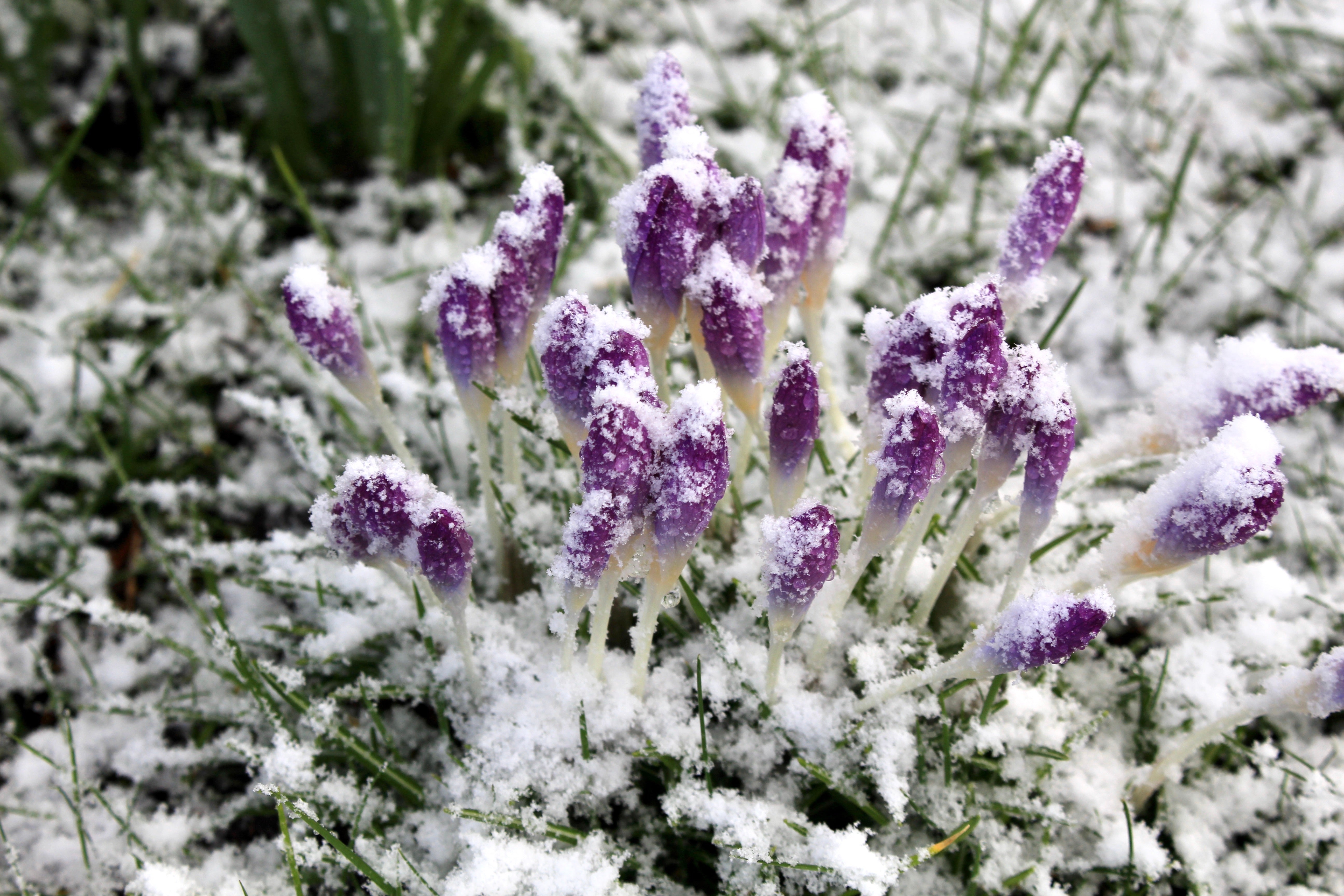Crocus tommasinianus
Approx. 0.5 litre pot
About this cultivar:
Crocus tommasinianus (woodland crocus, Tommasini's crocus, early crocus), often referred to as 'tommies', were named after the botanist Muzio G. Spirito de Tommasini (1794-1879), who was Mayor of the city of Trieste. They are native to Bulgaria, Hungary, Albania, and the former Yugoslavia. They are often referred to as early or snow crocuses, but these terms are shared with several other species, although C. tommasinianus is amongst the first to bloom.
It has slender flowers about 2–4 cm long, with white perianth tubes, petals pale silvery lilac to reddish purple, while the outer petals may be overlaid with silver and darker tips.
It reproduces rapidly by self-seeding & by corm offsets. Indeed, "tommies" naturalize with such ease that some gardeners complain of them after a few years. As the cormlets are much too tiny to ever sieve out of the soil they can be difficult to remove. Plant carefully! Thus is it best used for drifts or keep constrained in pots.
- Position: Full sun, partial shade
- Soil: Almost any soil, grows well in Ballyrobert
- Flowers: February, March
- Other features: Grows well in Ballyrobert, Royal Horticultural Society Award of Garden Merit (RHS AGM)
- Hardiness: Fully hardy - grows well in Ballyrobert!
- Habit: Clump forming
- Foliage: Deciduous
- Height: 0 - 10 cm (0 - 0.3 ft)
- Spread: 0 - 10 cm (0 - 0.3 ft)
- Time to full growth: 2 to 5 years
- Plant type: Herbaceous Perennial, bulb
- Colour: Green, purple, white
- Goes well with: Ilex (Holly), grasses (such Stipa), Lavendula, Anemone, Rudbeckia, Agapanthus, and Aster. If in doubt: front of a border.
About this genus:
Crocus (KROH-kus) is a genus of flowering plants in the iris family comprising 90 species of perennials growing from corms. Many are cultivated for their flowers appearing in autumn, winter, or spring. Crocuses are native to woodland, scrub, and meadows from sea level to alpine tundra in central and southern Europe, North Africa and the Middle East, on the islands of the Aegean, and across Central Asia to western China.
The name of the genus is derived from the Greek κρόκος (krokos). This, in turn, is probably a loan word from a Semitic language, related to Hebrew, Aramaic and Arabic, kurkum, which mean "saffron" (Crocus sativus), "saffron yellow" or turmeric.. The word ultimately traces back to the Sanskrit kunkumam for "saffron" unless it is itself descended from the Semitic one. The English name is a learned 16th-century adoption from the Latin, but Old English already had "saffron".
The spice saffron is obtained from the stigmas of Crocus sativus, an autumn-blooming species. Cultivation and harvesting of Crocus sativus for saffron was first documented in the Mediterranean, notably on the island of Crete. Frescos showing them are found at the Knossos site on Crete, as well as from the comparably aged Akrotiri site on Santorini. Saffron gatherers even appear in Minoan frescos on the island of Santorini in the Aegean Sea (dated approximately 1600-1500 BC).
The first crocus seen in the Netherlands, where crocus species are not native, were from corms brought back in the 1560s from Constantinople by the Holy Roman Emperor's ambassador to the Sublime Porte, Ogier Ghiselin de Busbecq. A few corms were forwarded to Carolus Clusius at the botanical garden in Leiden. By 1620, the approximate date of Ambrosius Bosschaert's famous painting (see pictures) new garden varieties had been developed, such as the cream-colored crocus feathered with bronze at the base of the bouquet, similar to varieties still on the market. Bosschaert, working from a preparatory drawing to paint his composed piece spanning the whole of spring, exaggerated the crocus so that it passes for a tulip, but its narrow, grass-like leaves give it away. Forget the painting for a moment, isn't it amazing what cultivars they had back then? 400 years ago! How beautiful were the arrangements? Despite all the breeding rights etc we have these days it is nice to be reminding that nature has always been special...
The cup-shaped, solitary, salverform flower tapers off into a narrow tube. Their colours vary enormously, although lilac, mauve, yellow, and white are predominant. The grass-like, ensiform leaf shows generally a white central stripe along the leaf axis. The leaf margin is entire. Crocuses typically have three stamens.
Again, like almost al the plants we have, Crocus grow anywhere that isn't a puddle or a desert, in full british isles sun or partial shade. Maybe your garden is different but you won;t know till you try....
Partners? We like them on their own but they also look good plant through other low growing plants.

